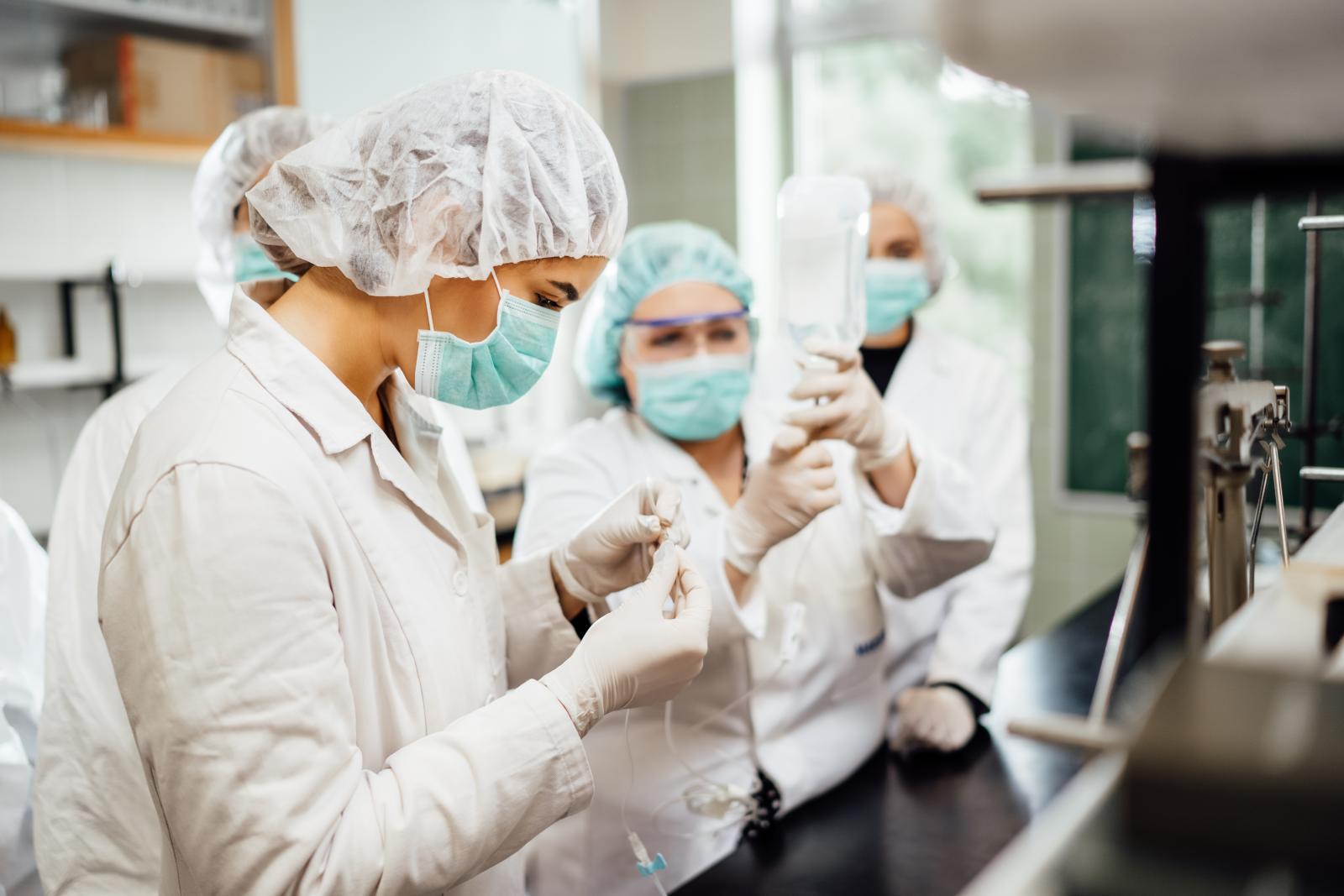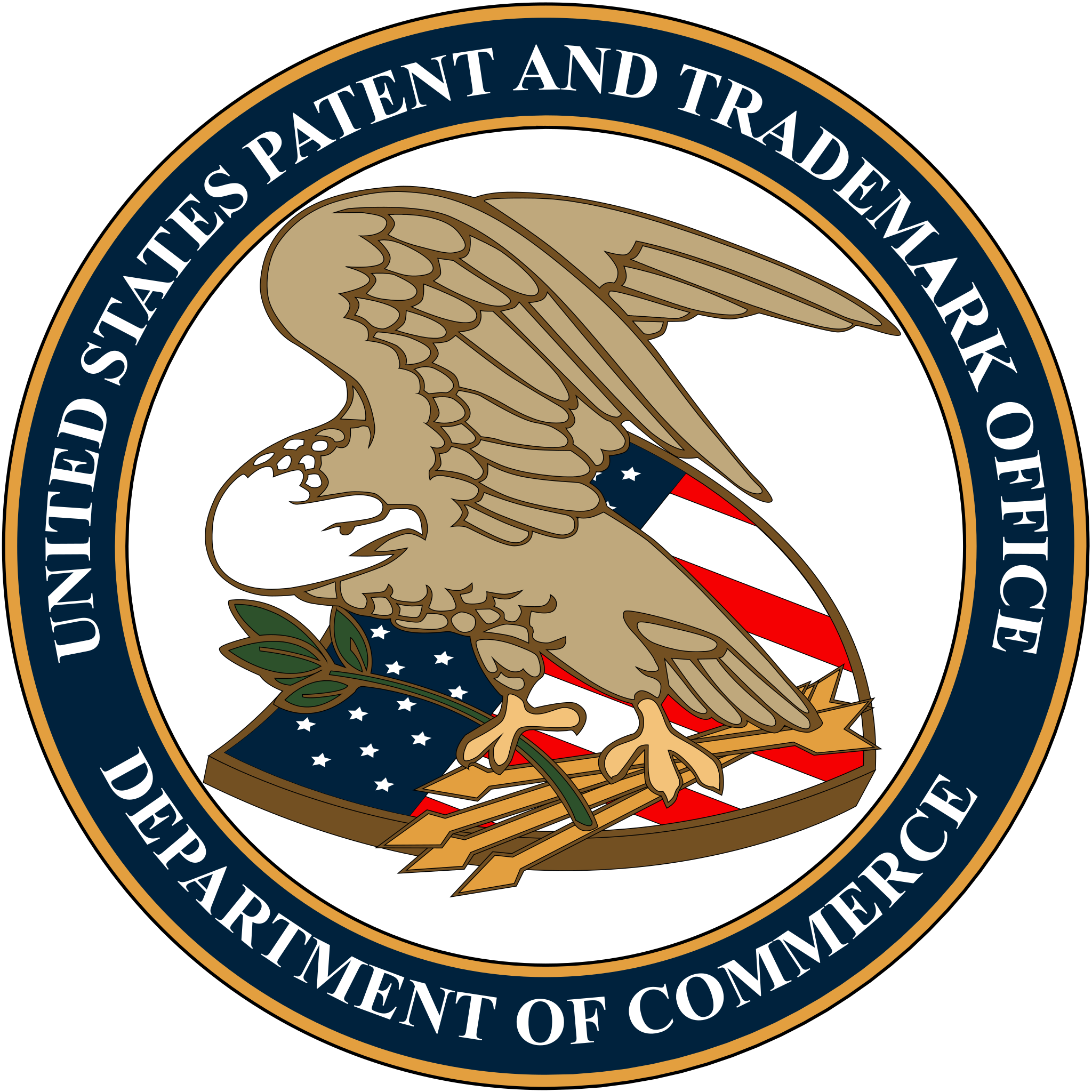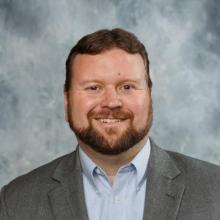Patent pending... What goes into filing patents and how they advance treatment

Walking through the upper hallways of Parks Hall and the Riffe Building, above the classroom lectures and student study sessions, you’ll hear a soft chorus of machinery. Glowing computer screens and fluorescent lights fill offices and research labs long after the crowds on the lower floors have departed. The activity that resides here—human-run, machine-supported—keeps the building alive all hours of the day.
The research taking place sits at the core of the college, advancing the field of pharmaceutical sciences and offering better treatments and patient outcomes.
Faculty, students and staff are constantly deciding how to introduce their findings to the rest of the scientific world. Oftentimes, they resolve to publish their work in a journal for public access. But in the case that their research uncovers something that offers a potentially novel use in treatment, they may decide to apply for a patent, putting publication on hold.
Though patents offer researchers greater protection of their intellectual property and open doors to industry partnerships, they’re much less common than journal publications. The two aren’t mutually exclusive, but the timing can be tricky. By publishing in a journal first, you “forfeit” potential intellectual property rights.
So, what motivates researchers to take on the enigmatic patent process, and what does it really mean for the field of pharmaceutical sciences?
 The path to a patent
The path to a patent
The College of Pharmacy supports groundbreaking research to advance drug discovery and development, which means that our researchers are always working to contribute to usable therapies. By obtaining a patent for a discovered product or process, a researcher can take their work one step closer to development and hopefully, to patients.
A patent is an exclusive right granted for an invention that is novel, useful and non-obvious. It allows the patent holder to determine who has access to their intellectual property (IP), influencing how that IP is used.
As a member of the university, researchers seeking to file a patent leave much of the legal footwork to the Office of Innovation and Economic Development. When the inventing researcher expresses a desire to file for a patent through an invention disclosure, the office takes the invention through the following phases:
1 Provisional Application
A provisional patent is something of a bookmark. The invention doesn’t need to have its intended purpose completely outlined at this stage, but by filing for a provisional patent, there’s an official record of the earliest existence of the invention. This provides protection if multiple inventors claim their right to a patent.
2 Full Patent Application
Within 12 months of filing the provisional application, the inventor must clearly outline the limits of their invention through the full patent application. No additions or changes to the invention may be made at this stage, as the patent enters examination.
3 Examination
Authorized patent offices of the region where the patent was filed examine the application. The United States Patent and Trademark Office (USPTO) is the authority in the U.S. These offices examine the novelty and usefulness of the application. If it satisfies the requirements of a given office, the inventor or group managing the patent is granted exclusive rights.
The time it takes a discovery to move from the filing to approval stage ranges from two to seven years. Once approved, a patent continues to be handled by Ohio State’s Office of Innovation and Economic Development. Patents are often grouped into families made up of dependent patents of closely related processes and objects. The unification of the patent family under one office simplifies legal matters.
The role of investors
With their new patent, the patent holder is offered roughly 20 years of exclusive rights. Ideally, those 20 years provide enough padding for the patent-holder to find an investor to take their work forward and through “the valley of death.”
Chris Coss, PhD, assistant professor of pharmaceutics and pharmacology at the College of Pharmacy, acknowledges how dramatic that title is, but it’s a fitting elegy for the period between receiving a patent and an invention’s approval for public use.
As someone with experience in both industry and academia, Dr. Coss has a unique understanding of the treacherous pathway that drug discovery inventions face.
“When an invention is conceived and granted a patent, everybody gets excited,” Dr. Coss said. “Then there’s this huge valley where it’s really hard to get the necessary resources to develop the invention as a form of therapy. So many ideas that are granted a patent die here.”
Dr. Coss is a listed inventor of the AR-42 method-of-use patent. The AR-42 family of patents is considered a major success of the health science colleges at Ohio State for making it through to development.
The family was first bought by an investing group that pulled it through “the valley,” but the group folded before completing development. It was something of a miracle that Recursion Pharmaceuticals took notice of the stranded family. Recursion swooped in to buy out the patent, taking it back into development with only eight years of exclusivity remaining.
The exclusivity of patents is an essential piece in partnering with industry investors. Though the ultimate goal is to take a discovery from lab to treatment, the promise of a profit makes investing in development feasible and desirable for interested parties—typically pharmaceutical industry partners.
“When the time comes to start working with the regulators and generating the necessary data for drug approval, you start getting into the multiple millions of dollars,” Dr. Coss explained. “You just can’t get that kind of money from Ohio State or even federal granting agencies like the National Institutes of Health (NIH).”
How patents translate to success in health care
Publishing through a journal requires less legal gymnastics than filing for a patent and offers more substantial backing to those on the tenure track. But with continued advocacy and education on the power of patents, researchers can expand their influence in the drug development space. This opens doors for Ohio State to make a visible impact in the field of health care and cultivates the college’s network of pharmacy partners.

We get into pharmacy research because we want to make an impact on health. By using patents, we’re taking advantage of one direct route to move our discoveries toward making that impact.
Successfully securing a patent and partnering with industry groups offers the opportunity for targeted collaboration and development. Though the process of obtaining a patent can be uncertain and unfamiliar, there’s the potential to turn research into marked drug development.
With the opportunity that patents offer to directly move discoveries toward treatment, it’s an aspect of research that Dr. Coss hopes will gain more attention and understanding in academia.
“In order to get your treatment to the people who need it, you need to engage with an industrial partner,” Dr. Coss said. “And to do that you need intellectual property protection through the patent.”